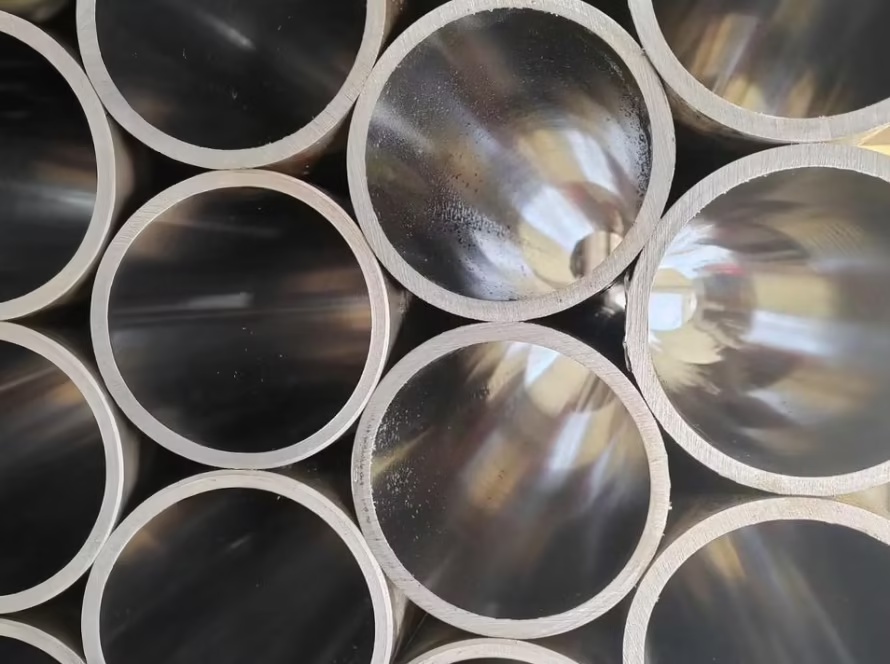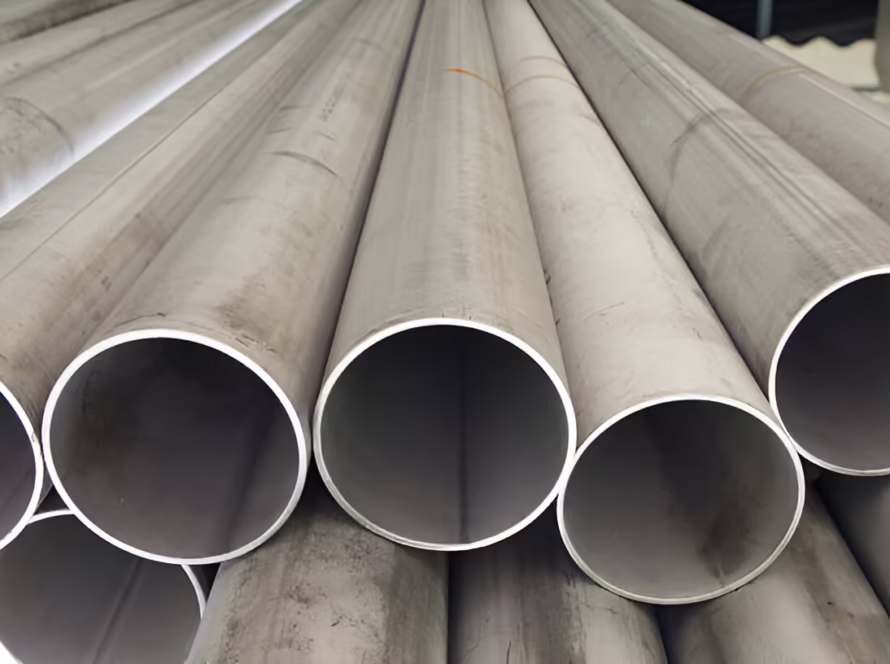What is Ellipticity?
——Understanding a Key Metric in Precision Engineering
In precision engineering and advanced manufacturing, ensuring the dimensional accuracy of cylindrical components is critical. One of the essential indicators of this accuracy is ellipticity, also known as roundness deviation. Understanding and controlling ellipticity is vital for maintaining the performance, reliability, and lifespan of mechanical parts, especially in industries such as automotive, aerospace, and energy.
Definition of Ellipticity
Ellipticity refers to the deviation of a cylindrical part’s cross-section from a perfect circle. In simple terms, it is the difference between the largest and smallest diameters measured within the same cross-section. This difference indicates how “out-of-round” a part is.
Mathematically:
Ellipticity=Dmax−Dmin\text{Ellipticity} = D_{\text{max}} – D_{\text{min}}
Where:
-
DmaxD_{\text{max}} is the maximum diameter
-
DminD_{\text{min}} is the minimum diameter within the same cross-section
A lower value means the part is closer to being perfectly round, which is generally desirable for smooth operation and tight mechanical tolerances.
How is Ellipticity Measured?
Several methods are used to measure ellipticity, depending on the precision required and the geometry of the part:
1. Diameter Method
This is the simplest approach. Using calipers or micrometers, operators measure the maximum and minimum diameters on the part’s cross-section. The difference is taken as the ellipticity. It’s quick and practical for basic quality checks, though less precise than other methods.
2. Micrometer Method
The part is placed on a flat surface and slowly rotated while measurements are taken with a micrometer. The variation in the readings over a full rotation indicates ellipticity. This method offers better accuracy than the diameter method and is suitable for high-precision components.
3. Pneumatic Differential Method
Using a pneumatic differential gauge, this method measures dimensional variation as the part rotates through an angle less than 90°. It offers high sensitivity and is especially useful for small or complex parts.
4. Radius Method
Used for parts with center holes, this technique involves mounting the workpiece between centers and measuring radius variations during rotation. Doubling the measured radius difference gives the ellipticity.
What Causes Ellipticity?
Several factors during the manufacturing process can lead to ellipticity:
1. Inaccurate Pre-Machining
If a part already has significant ellipticity from earlier machining steps, it may be difficult to correct in finishing processes such as honing.
2. Improper Honing Parameters
Excessive material removal and rapid cross-feed rates during honing can raise temperatures and cause local deformation. Poor cooling further exacerbates the issue.
3. Uneven Abrasive Stone Hardness
If the abrasive stones used in honing have uneven hardness or wear inconsistently, they can cause an irregular surface, contributing to ellipticity.
4. Clamping-Related Deformation
Improper or overly tight clamping, especially with thin-walled parts, can distort the workpiece. Fixtures that don’t provide even pressure may also lead to shape deformation during or after machining.
How to Control or Reduce Ellipticity
To ensure product quality and reduce ellipticity, manufacturers should follow several best practices:
Check Pre-Machining Accuracy
Ensure the previous process doesn’t introduce significant shape deviation. A roundness deviation of more than 0.03–0.05 mm may be too large for correction during final processes.
Optimize Honing Conditions
Fine-tune honing parameters such as allowance and feed rate. Use sufficient and evenly applied cooling fluids to minimize heat buildup.
Ensure Consistent Abrasive Quality
Regularly inspect and replace abrasive stones with uneven hardness or wear. Maintenance is crucial for keeping honing surfaces consistent.
Use Proper Clamping Techniques
Especially for delicate or unevenly shaped parts, use fixtures that apply even pressure—such as liquid-plastic filled sleeves—to prevent post-process deformation.
Conclusion
Ellipticity may appear to be a minor detail, but it plays a major role in the performance of high-precision parts. Proper understanding, measurement, and control of this parameter help ensure that components meet stringent international standards and function reliably in critical applications.
TORICH, we specialize in producing precision steel tubes and cylindrical components with minimal ellipticity, offering our customers consistency, performance, and peace of mind.






